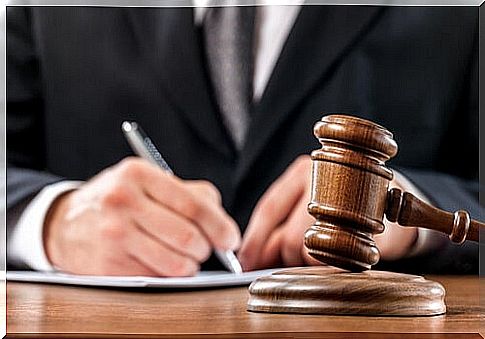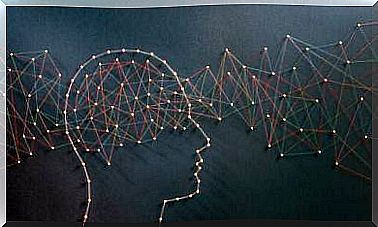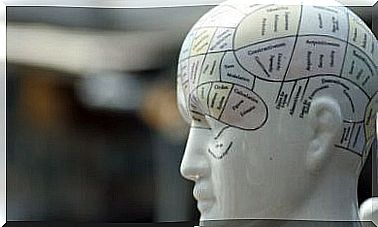False Memories Also Condemn People

False memories are not easy to detect and even less those that are embedded in our memory. When we remember something there are many factors that can influence the reconstruction of what happened. For example, emotions can negatively influence memory material. Thus, if the moment something happened there was great anxiety or fear, it is possible that the memories are altered.
Throughout history there have been cases of people unjustly sentenced to long sentences. In addition, a large part of these unjust sentences are based on failures in the memory or recognition on the part of the victim . In this sense, analyzing different investigations on victims’ testimonies, it has been found that despite the strong conviction about the story they tell, mistakes are made.
When giving testimony about what happened, the victims and witnesses are not as accurate as you might think. Not only does the stressful situation they go through influences, the way they are questioned is vitally important. Proper training of investigators who deal with interrogations is an essential part of making the testimony useful, especially when working with children.
What influences the formation of false memories?
When a person is questioned by the police or in court, they can make mistakes, and these can be due to different factors. There are two groups of variables that affect the memory of an event. The first is related to the characteristics of the event :
- Brightness. The darker the crime scene, the worse the memory.
- Distance. The further it occurred, the more distortion.
- Duration of the incident. The less it lasts, the worse it is remembered.

The other group of variables that influences the veracity of the testimony of a victim or witness is related to the person’s own characteristics :
- Having taken drugs or alcohol. In Spain, testimonies under the influence of any of them are not allowed.
- Expectations of the subject. When the context is familiar it is better remembered.
- Prejudices. Stereotypes alter the perception of the facts, or the recognition of the culprit.
- Attentional patterns. Women and men tend to notice different details.
- Stress level. For example, there is a focus on the weapon, ignoring the rest of the information due to the threat it represents. It can also happen that the sensations are remembered, but not so much the exact facts.
Contaminating information that shapes the memory
In some events there is not only one witness or victim, and sometimes communication between them can lead to the contamination of information. This information is present in the witness’s memory after the event, although it is not part of it, it has been integrated. She is introduced to the memory of the incident in different ways by talking to other witnesses, the press or the police.
Cases that become media run the risk of producing this effect to a greater extent since a lot of information appears in the press that could be inaccurate, even false. For this reason, it is important to isolate the witness or victim during the process, so as not to be contaminated, although this prophylactic process is not easy. Think that creating false memories is involuntary and simple.
The origin of the polluting information can come both from outside and from the subject himself, with previous schemes or stereotypes. The origin of the information is attributed to a suitable source or it is directly forgotten, agglutinating it all in a single memory because energetically for our brain to do so is more efficient. Thus, detecting false memories, when they are integrated with others that are true, is particularly difficult given the security with which the witness defends that they are true.
The importance of interrogations
The cornerstone of identifying the suspect or knowing the facts is a good questioning. Interrogations are a source of great stress, which can have a negative influence. In addition, the way in which the questions are asked can confuse the witness, leading to false testimony without conscious intention.
In a study by Loftus, a simulated accident was presented to several people. Some were asked about the speed of the cars when they “collided”; the other group, when they “crashed.” In the second group, the speed at which they said the cars were going was higher and they also claimed to have seen glass break when this detail did not appear in the images. Thus, the verb used changed the perception of the facts.

According to the NGO Innocence Project, the cause that contributes the most to judicial error is the erroneous identification of an innocent person. Errors may be due to suggestive influences that took place during recognition. Many innocent people wrongly imprisoned have subsequently been released on the basis of scientific evidence, although many remain unable to prove their innocence. Hence, the way in which investigators obtain the testimony of a witness and its subsequent evaluation is very important.









